Resources
Get Matched to the Right Builder
FIND THE PERFECT CUSTOM HOME BUILDER WITH OUR FREE ASSESSMENT
Tired of feeling overwhelmed? Look no further. We'll match you to the right builder in the Houston area and save you months of valuable time and money you'd spend trying to find one on your own. Click below to get started!
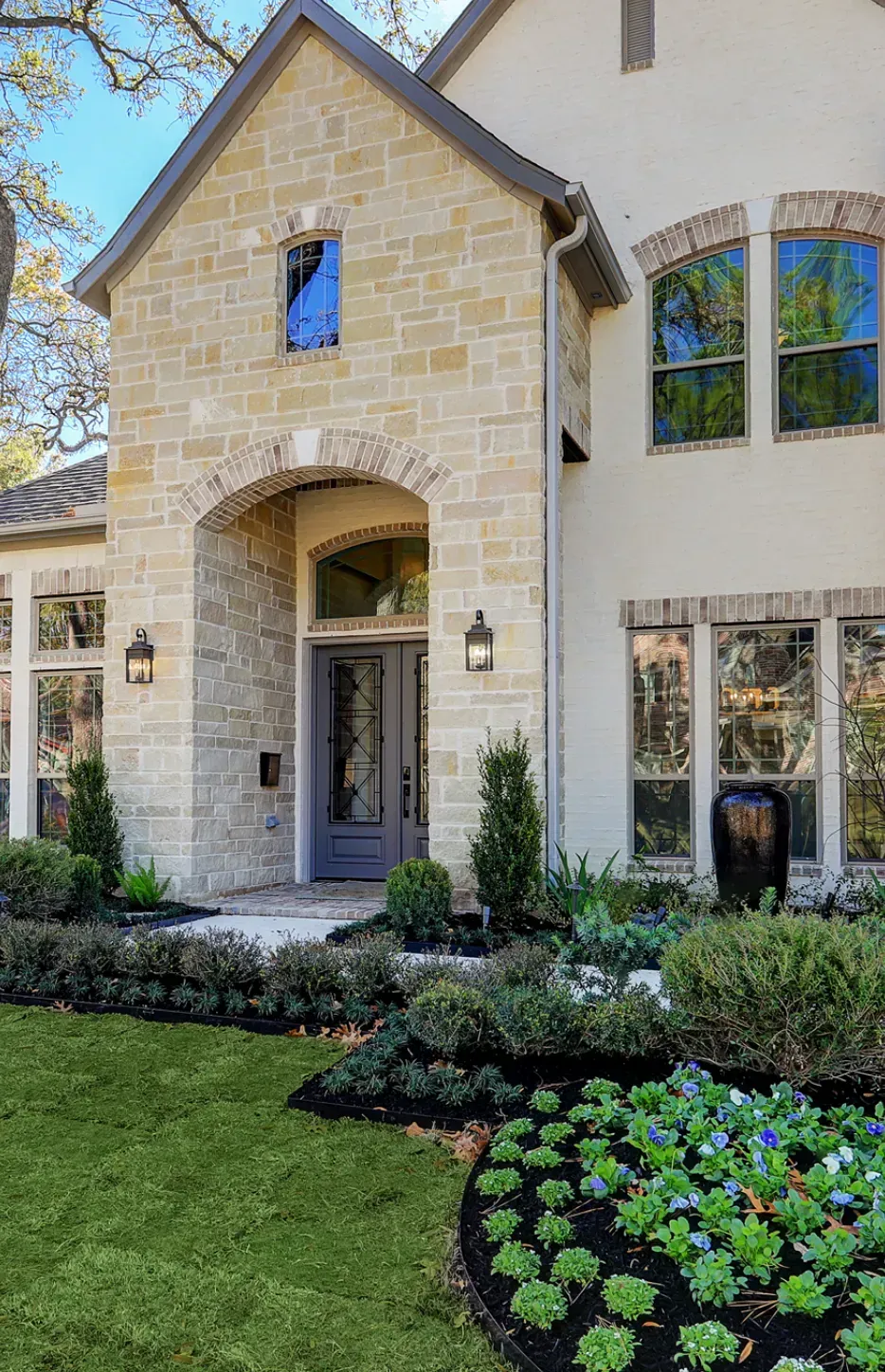
Download The Ultimate Custom Home Building Guide
A Step-by-step guide to building your custom dream home.
Download The Ultimate Custom Home Building Checklist
Finance

Finding Lot

Best Builder

Explore Our Gallery of Custom Homes
Browse our finished projects that display the craftsmanship of the builders we’ve matched with homeowners – turning dreams into reality.

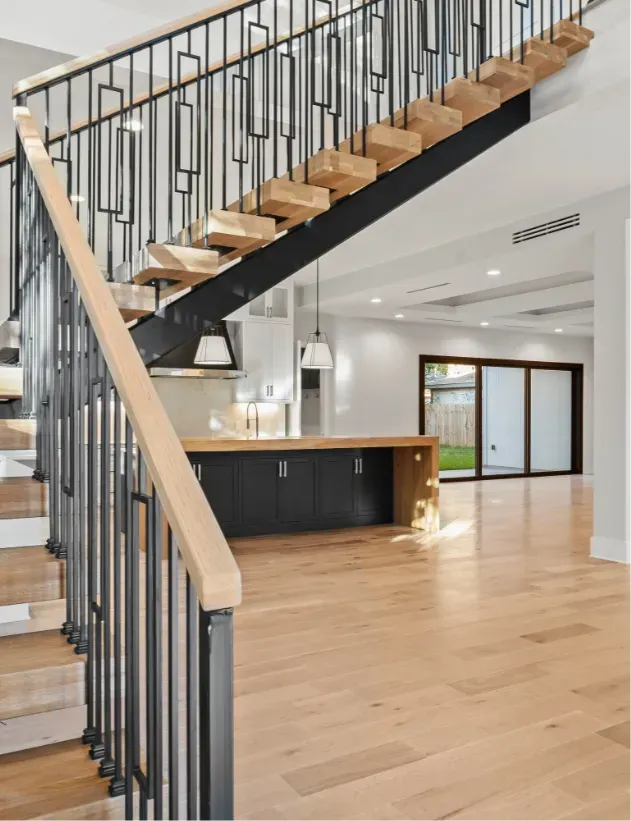

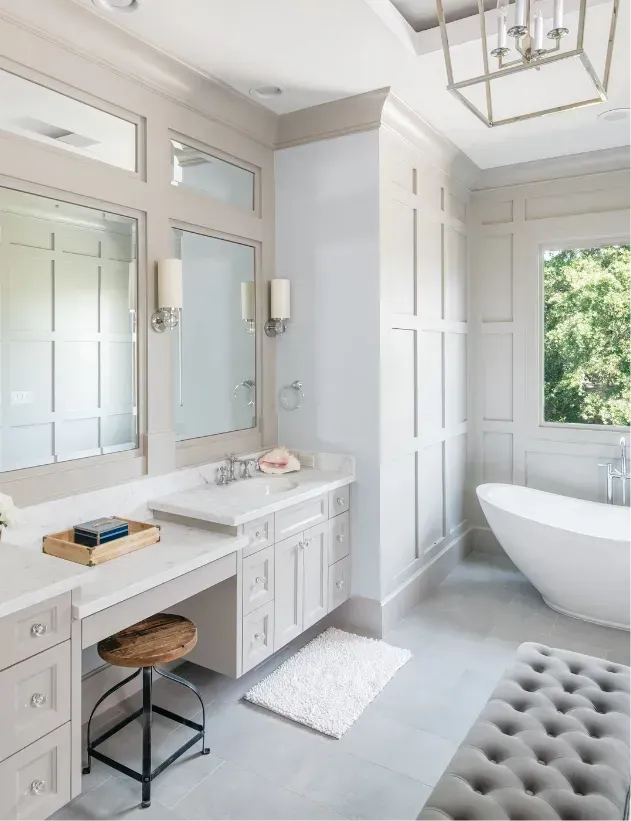
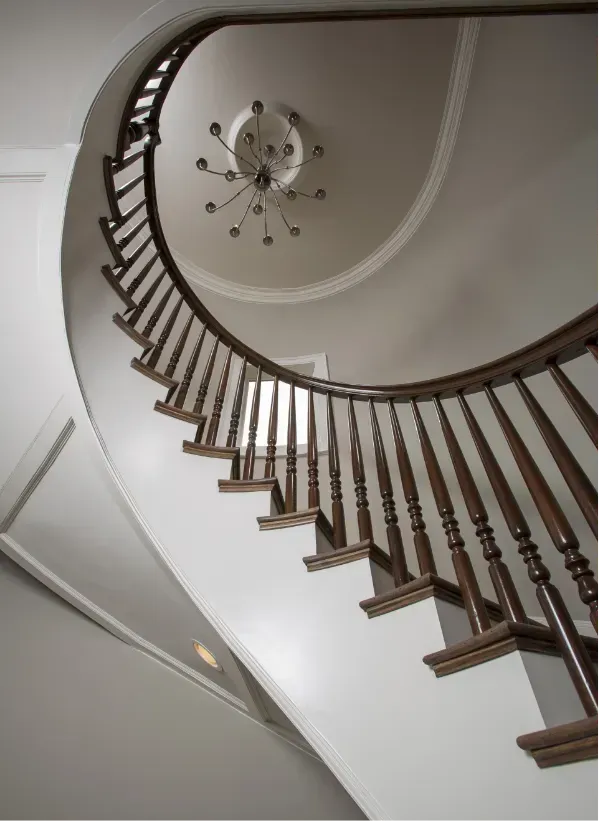
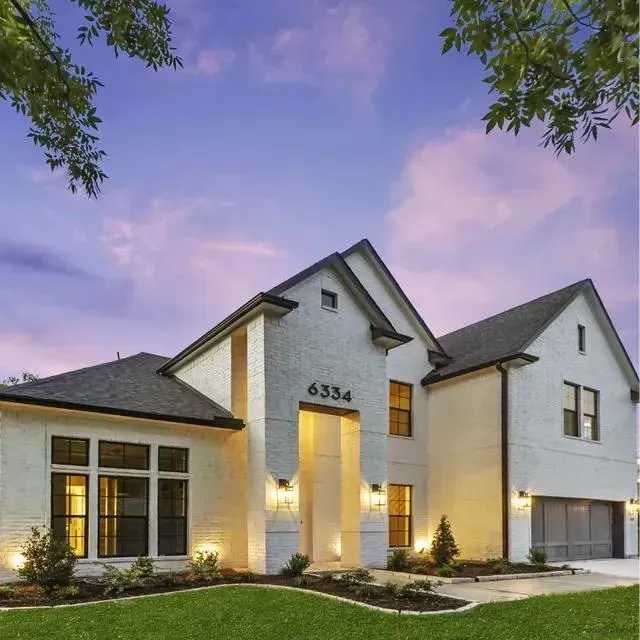
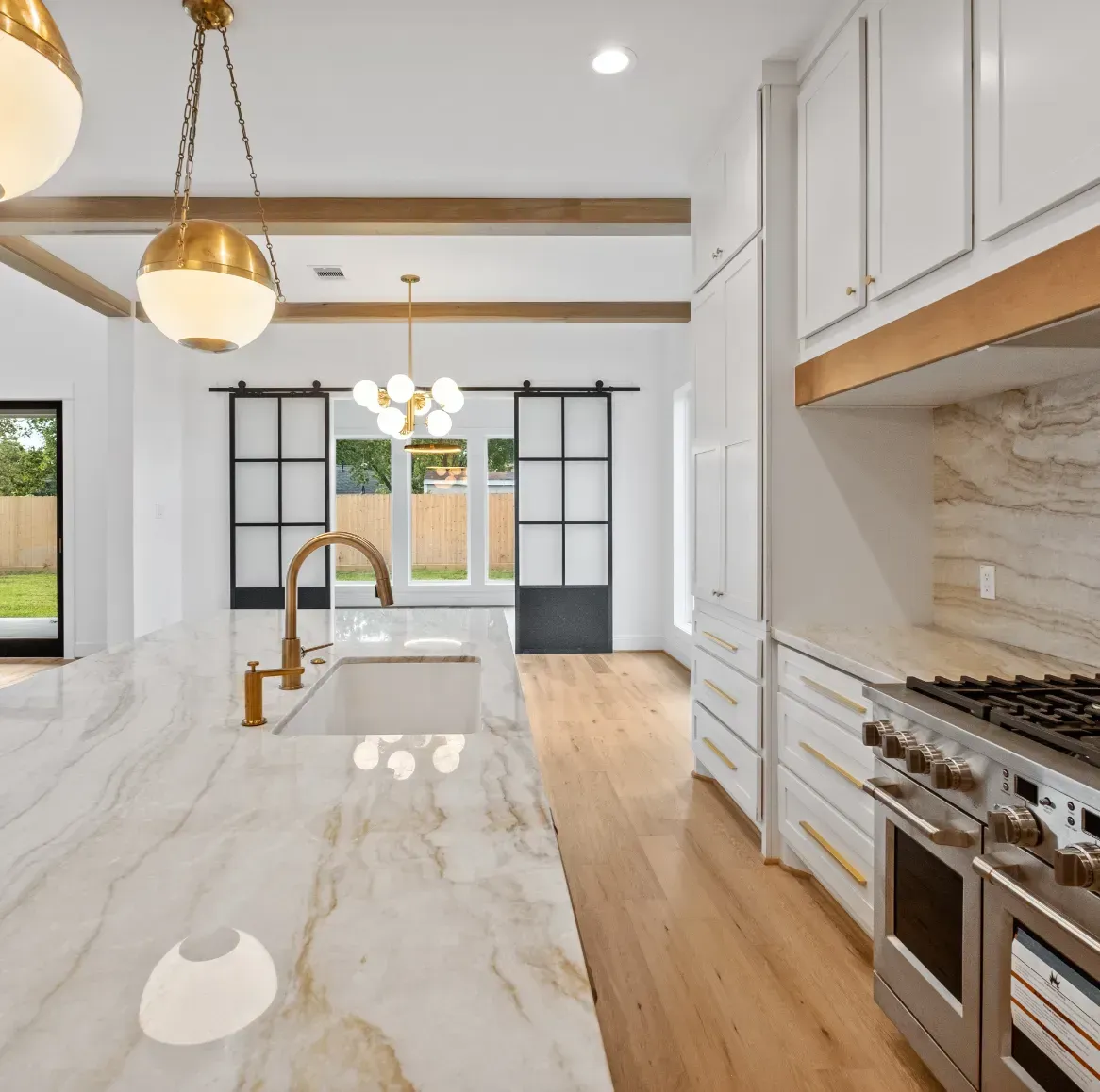
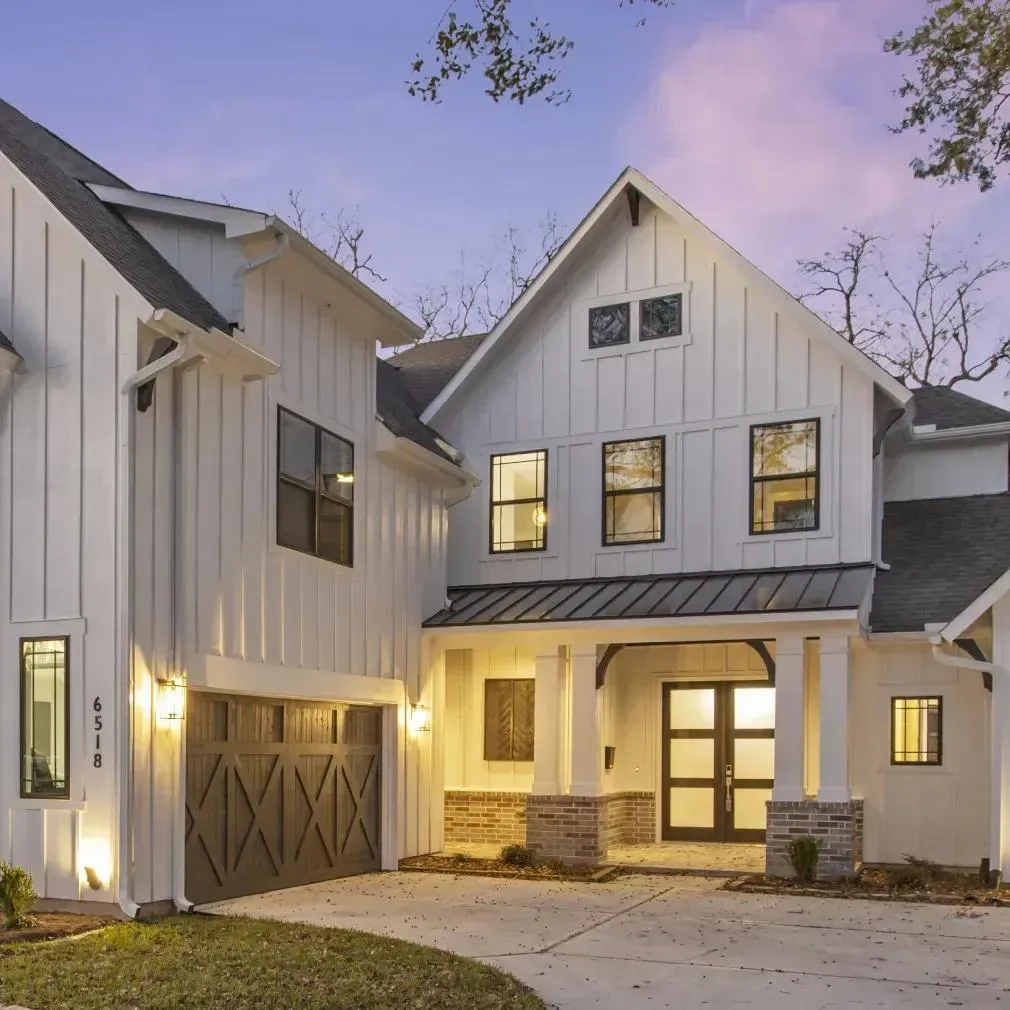

BLOG

Effective Budgeting Strategies for Landscaping in Your Custom Home Design
Are you struggling to balance your dream landscape with your budget? This guide offers practical strategies for cost-effective landscaping in custom home design. We'll cover smart plant selection, optimizing hardscaping costs, and water conservation techniques. You'll learn how to create a beautiful outdoor space without overspending, focusing on long-term value and sustainability. By implementing these tips, you can achieve the landscape you want while staying within your budget.
Key Takeaways
Plan your landscaping budget by identifying goals, determining costs, and allocating funds for each element.
Choose native, low-maintenance plants to reduce water usage and long-term care expenses.
To lower costs, implement water conservation techniques like smart irrigation systems and rainwater harvesting.
Incorporate sustainable practices such as organic fertilizers and energy-efficient lighting for cost-effective landscaping.
Consider long-term maintenance costs and seasonal adaptability when planning your landscape design.
Implement a Comprehensive Landscaping Budget Plan

Implementing a comprehensive landscaping budget plan is crucial for custom home design. This process involves identifying landscape goals, determining overall costs, allocating funds for elements like plumbing and bark, planning for contingencies, and regular budget reviews. By following these steps, homeowners can create beautiful outdoor spaces while managing expenses effectively. Working with pros can help optimize the budgeting process.
Identify Your Landscape Goals
Identifying landscape goals is a crucial first step in budgeting for landscaping projects. Homeowners should consider their desired balance of softscape and hardscape elements, incorporating native species for low-maintenance gardens. They should also factor in lighting needs for both aesthetics and security, as well as long-term maintenance costs. By clearly defining these objectives, homeowners can prioritize their home improvement efforts and allocate funds more effectively.
Determine Your Overall Landscaping Budget
Determining the overall landscaping budget involves assessing available funds and allocating them to various elements. Homeowners should consider costs for a swimming pool, walkway, deck, and lawn maintenance. They can exercise creativity by prioritizing elements that align with their vision while staying within budget constraints. A well-planned budget ensures a balanced approach to landscaping, allowing for both essential features and aesthetic enhancements.
Plan for Contingencies
Planning for contingencies in landscaping budgets is essential for landscaping projects. Homeowners should set aside 10-15% of their total budget for unexpected costs that may arise during the project. This reserve can cover unforeseen expenses related to the yard, outdoor kitchen, or compost area. It's wise to consider potential issues with soil quality, drainage, or wood structures that might require additional funds. By anticipating these possibilities, homeowners can avoid financial stress and ensure their landscaping project remains on track:
Set aside 10-15% of the total budget for contingencies
Account for unexpected costs in yard, outdoor kitchen, and compost areas
Prepare for potential soil, drainage, or wood structure issues
Maintain financial flexibility throughout the project
Review and Adjust Your Budget Regularly
Regular budget reviews are essential for successful landscaping projects in custom home design. Homeowners should reassess their financial plans periodically, considering factors such as insurance costs, beauty enhancements, and wall paint expenses. They can explore cost-effective options like xeriscaping to maintain an attractive landscape while managing water usage and maintenance costs. By staying flexible and adjusting their budget as needed, homeowners can ensure their landscaping project remains on track and within financial limits.
Select Budget-Friendly Plants for Your Landscape

Selecting budget-friendly plants is key to cost-effective landscape design for custom homes. Homeowners can research native species, buy from local nurseries, and use seasonal sales. Swapping plants with neighbors and focusing on low-maintenance varieties can further reduce costs. These strategies help create beautiful landscapes around fireplaces, barbecues, and trees while staying within budget.
Research Native Species to Reduce Costs
Researching native species can significantly reduce landscaping costs for custom homes. Native plants, adapted to local conditions, require less water, fertilizer, and maintenance, making them ideal for areas around fire pits and hot tubs. Homeowners can select perennials that thrive in their region's heat and soil conditions, creating a low-maintenance landscape. Incorporating native plants around ponds can also help maintain water quality and support local ecosystems, further enhancing the outdoor space's beauty and functionality.
Consider Purchasing From Local Nurseries
Local nurseries offer budget-friendly options for enhancing curb appeal in custom home landscaping. Homeowners can find a variety of shrubs and plants suitable for their specific climate, reducing the risk of pest infestations. Consulting with a landscape architect at these nurseries can provide valuable insights on plant selection and placement to maximize aesthetics while minimizing costs.
Take Advantage of Seasonal Sales for Plants
Taking advantage of seasonal sales allows homeowners to enhance their custom home's landscape while improving their quality of life and practicing water conservation. Many nurseries offer discounts on plants, fertilizer, and irrigation supplies during off-peak seasons, allowing homeowners to purchase materials for their pergola or garden beds at reduced prices. By planning ahead and purchasing during these sales, homeowners can allocate more of their budget to other landscaping elements, ensuring a well-rounded and cost-effective outdoor space.
Swap or Share Plants With Neighbors
Swapping or sharing plants with neighbors is an effective way for homeowners to diversify their gardens while minimizing costs. This approach allows for exchanging various plants, including those suitable for brick-lined beds or erosion-prone areas. Neighbors can also share valuable insights about soil conditions, potentially eliminating the need for individual soil tests. Additionally, this practice fosters community spirit and can lead to shared resources for larger landscaping elements like fountains, creating a more cohesive neighborhood aesthetic.
Focus on Low-Maintenance Plant Varieties
Focusing on low-maintenance plant varieties can significantly reduce landscaping costs for custom homes. Homeowners can choose drought-resistant plants that require minimal watering and thrive in various soil conditions, making them ideal for hardscape areas. These plants can be strategically placed around pavers and roofs to enhance the overall landscape design while minimizing upkeep. Additionally, selecting ice-tolerant varieties ensures the garden remains attractive year-round, even in colder climates:
Choose drought-resistant plants for reduced water consumption
Select varieties that thrive in different soil types
Incorporate ice-tolerant plants for year-round appeal
Place low-maintenance plants strategically around hardscape elements
Optimize Hardscaping Costs in Your Design

Optimizing hardscaping costs in custom home design involves smart material choices for walkways and patios, deciding between DIY and professional services, prioritizing functional structures, incorporating upcycling ideas, and understanding the long-term value of durable materials. These strategies help balance the investment in plants, retaining walls, and drip irrigation systems while managing overall landscaping prices.
Choose Affordable Materials for Walkways and Patios
Choosing affordable materials for walkways and patios helps optimize the landscaping budget while enhancing the custom home's design. Homeowners can select cost-effective options like gravel or concrete pavers, which offer durability and low maintenance in various climates. These materials provide an excellent return on investment, blending seamlessly with vegetable gardens and other landscape elements. By carefully considering material choices, homeowners can create attractive outdoor spaces without overspending:
Gravel: Inexpensive and versatile
Concrete pavers: Durable and low-maintenance
Stamped concrete: Affordable alternative to natural stone
Recycled materials: Eco-friendly and budget-conscious
Mulch: Cost-effective for temporary pathways
DIY vs. Hiring a Professional for Hardscaping
When deciding between DIY and professional hardscaping, homeowners should consider their skills, available time, and project complexity. DIY can save money on labor costs for simple tasks like mulching or basic garden design. However, professional expertise is often necessary for complex landscape lighting projects or extensive inventory management. Health and safety considerations also play a role, as some hardscaping tasks require specialized knowledge and equipment. Homeowners should weigh these factors carefully to make the most cost-effective decision:
Assess personal skills and time availability
Evaluate project complexity and safety requirements
Consider long-term maintenance implications
Compare cost savings vs. professional quality
Consult experts for guidance on specific projects
Prioritize Functional Structures Over Decorative Ones
Prioritizing functional structures over decorative ones helps homeowners optimize their landscaping budget. Practical elements like gravel pathways and efficient drainage systems should precede purely aesthetic features in the front yard. For the backyard, focusing on essential structures such as retaining walls or properly graded surfaces for snow removal can provide long-term value. By investing in these functional elements first, homeowners can create a solid foundation for their landscape design while managing costs effectively.
Incorporate Upcycling Ideas Into Your Hardscaping
Incorporating upcycling ideas into hardscaping offers a cost-effective approach to custom home landscaping. Homeowners can repurpose old concrete slabs as stepping stones or use reclaimed materials for retaining walls, reducing expenses during renovations. These creative solutions not only save money but also add unique character to the landscape. For example, repurposed materials can be used to create raised garden beds or water features, enhancing the outdoor space while minimizing costs associated with snow removal and water management.
Understand the Long-Term Value of Durable Materials
Understanding the long-term value of durable materials is crucial for optimizing hardscaping costs. Homeowners should consider investing in high-quality materials for their patio and other outdoor spaces, as these can withstand various weather conditions and reduce the need for frequent replacements. Durable materials like natural stone or composite decking not only enhance sustainability but also minimize maintenance costs associated with pest control and sand erosion over time.
Effective Water Conservation Techniques

Effective water conservation techniques are crucial for budget-friendly landscaping in custom home design. Smart irrigation systems, mulching, rainwater harvesting, drought-resistant plants, and understanding local regulations can significantly reduce water usage and costs. These methods, combined with careful selection of materials like steel, concrete blocks, and artificial turf, help create sustainable outdoor spaces while managing expenses for furniture and sod.
Implement Smart Irrigation Systems
Implementing smart irrigation systems is a cost-effective approach to water conservation in custom home landscaping. These systems use sensors and weather data to adjust watering schedules, ensuring plants receive optimal moisture without waste. Homeowners can install drip irrigation for targeted watering, reducing overall water consumption and lowering utility bills. Smart controllers allow for remote management, making it easy to adjust watering patterns based on seasonal changes or local water restrictions:
Install soil moisture sensors to prevent overwatering
Use weather-based controllers to adjust for rain and temperature
Implement drip irrigation for precise water delivery
Set up zone-specific watering schedules for different plant needs
Monitor and adjust system performance regularly for optimal efficiency
Utilize Mulching to Retain Soil Moisture
Mulching is an effective water conservation technique for custom home landscaping. Homeowners can significantly reduce soil moisture evaporation and suppress weed growth by applying a layer of organic material around plants. This method conserves water, improves soil health, and reduces the need for frequent watering. Homeowners can choose from various mulch options, such as wood chips, straw, or compost, depending on their landscape design and local availability.
Design for Rainwater Harvesting Features
Designing rainwater harvesting features is a cost-effective approach to water conservation in custom home landscaping. Homeowners can install rain barrels or cisterns to collect roof runoff, which can be used for irrigation during dry periods. Implementing permeable pavement and rain gardens helps manage stormwater while reducing the need for traditional irrigation systems. These features not only conserve water but also contribute to sustainable landscape design:
Install rain barrels to collect roof runoff
Implement permeable pavement for natural water filtration
Create rain gardens to manage stormwater
Design swales to direct water flow to plants
Use collected rainwater for irrigation during dry periods
Select Drought-Resistant Plants to Minimize Water Use
Selecting drought-resistant plants is an effective strategy for minimizing water use in custom home landscaping. Homeowners can choose native species adapted to local climate conditions, which require less watering and maintenance. Succulents, ornamental grasses, and Mediterranean herbs thrive in dry conditions and add visual interest to the landscape. By incorporating these plants, homeowners can create attractive, low-water gardens that reduce irrigation costs and contribute to overall water conservation efforts.
Educate Yourself on Local Water Regulations
Educating oneself on local water regulations is essential for effective water conservation in custom home landscaping. Homeowners should familiarize themselves with local ordinances regarding water usage, including watering days and times restrictions. Understanding these regulations helps homeowners plan their irrigation schedules and select appropriate plants, ensuring compliance while maximizing water efficiency. By adhering to local guidelines, homeowners can avoid potential fines and contribute to community-wide conservation efforts:
Research local water usage restrictions
Understand permitted watering schedules
Learn about incentives for water-saving landscaping
Stay informed about seasonal water conservation measures
Consult local water authorities for guidance on efficient practices
Incorporate Sustainable Practices Into Your Landscaping

Incorporating sustainable practices into landscaping helps reduce costs and environmental impact. This section covers using organic fertilizers and pest control, creating compost bins, establishing natural pest management, selecting energy-efficient lighting, and utilizing renewable resources. These strategies enhance the landscape while promoting eco-friendly and budget-conscious custom home design.
Use Organic Fertilizers and Pest Control
Using organic fertilizers and pest control methods can significantly reduce landscaping costs for custom homes while promoting environmental sustainability. Homeowners can create their own compost from kitchen scraps and yard waste, providing a nutrient-rich, cost-free fertilizer for plants. Natural pest control solutions, such as introducing beneficial insects or using neem oil, offer effective alternatives to expensive chemical treatments. These organic approaches not only save money but also contribute to healthier soil and plants, reducing long-term maintenance needs.
Create Compost Bins for Garden Waste
Creating compost bins for garden waste offers a cost-effective solution for custom home landscaping. Homeowners can construct simple bins using recycled materials like wooden pallets or wire mesh, reducing expenses on store-bought fertilizers. These bins transform kitchen scraps and yard waste into nutrient-rich compost, improving soil quality and plant health without additional costs. By incorporating compost bins into their landscape design, homeowners can reduce waste, save money on fertilizers, and promote sustainable gardening practices.
Establish a Natural Pest Management System
Establishing a natural pest management system is an effective way for homeowners to reduce landscaping costs while promoting ecological balance. By introducing beneficial insects like ladybugs and lacewings, they can control harmful pests without relying on expensive chemical treatments. Planting companion species that naturally repel pests or attract beneficial insects can further enhance this system. These methods not only save money but also contribute to a healthier garden ecosystem:
Introduce beneficial insects like ladybugs and lacewings
Plant companion species that repel pests
Use natural deterrents like neem oil or garlic spray
Create habitats for pest predators like birds and bats
Implement crop rotation to disrupt pest life cycles
Select Energy-Efficient Lighting Options
Selecting energy-efficient lighting options can significantly reduce landscaping costs for custom homes. Homeowners can install LED lights for pathways and accent lighting, which consume less energy and have a longer lifespan than traditional bulbs. Solar-powered lights offer an eco-friendly alternative, eliminating electricity costs for outdoor illumination. By strategically placing these efficient lighting options, homeowners can enhance their landscape's aesthetics while minimizing energy consumption and long-term expenses.
Research and Utilize Renewable Resources
Researching and utilizing renewable resources offers homeowners cost-effective solutions for sustainable landscaping in custom home design. They can incorporate reclaimed wood for garden structures or use recycled materials for hardscaping elements. Solar-powered water features and wind-powered turbines for irrigation systems reduce energy costs while promoting eco-friendly practices. By integrating these renewable resources, homeowners can create environmentally conscious landscapes that align with their budget goals:
Use reclaimed wood for garden structures and fencing
Incorporate recycled materials in hardscaping designs
Install solar-powered water features and lighting
Implement wind-powered irrigation systems
Utilize rainwater harvesting for landscape maintenance
Conclusion
Effective budgeting strategies for landscaping in custom home design are crucial for creating beautiful, sustainable outdoor spaces while managing costs. By implementing comprehensive budget plans, selecting cost-effective plants, optimizing hardscaping expenses, and incorporating water conservation techniques, homeowners can achieve their landscaping goals without overspending. Sustainable practices and long-term cost evaluations further enhance the value and longevity of the landscape investment. Ultimately, thoughtful budgeting allows homeowners to create stunning, functional outdoor environments that complement their custom homes and provide lasting enjoyment.
Contact Us Today To Learn More
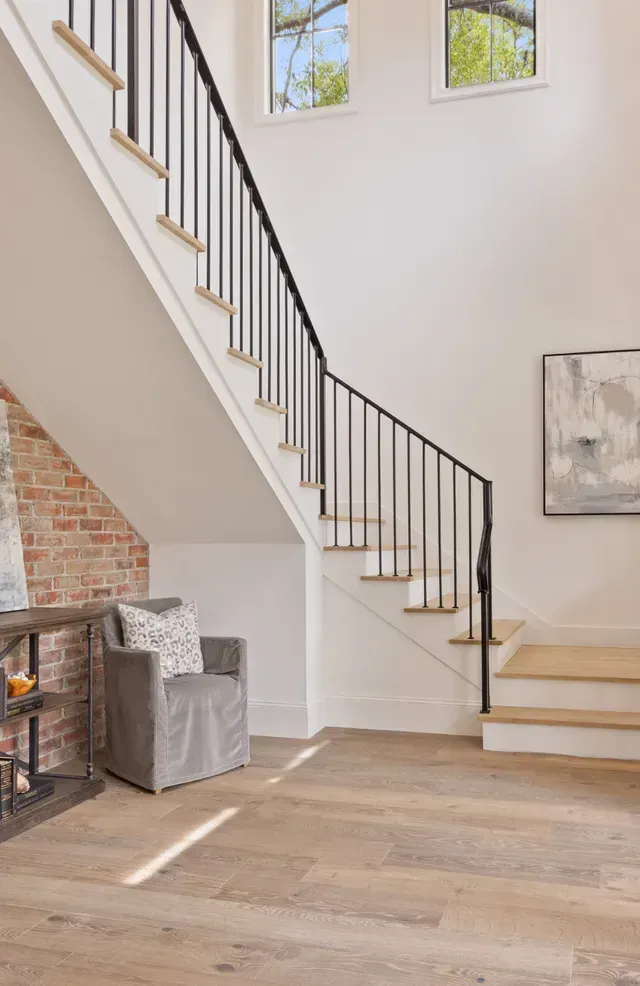
Phone: +1 713-304-5330
Address: 8588 Katy Fwy #450, Houston, TX 77024, United States


